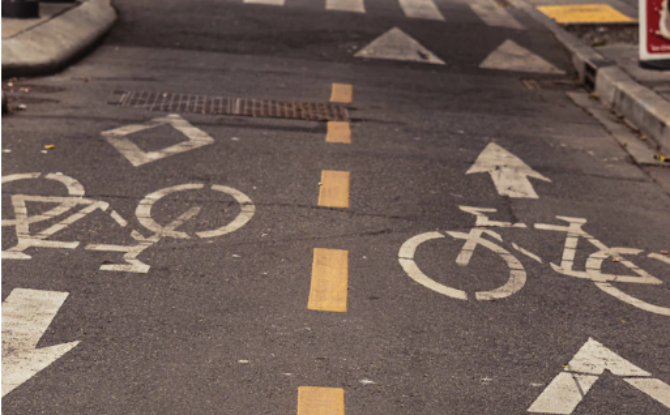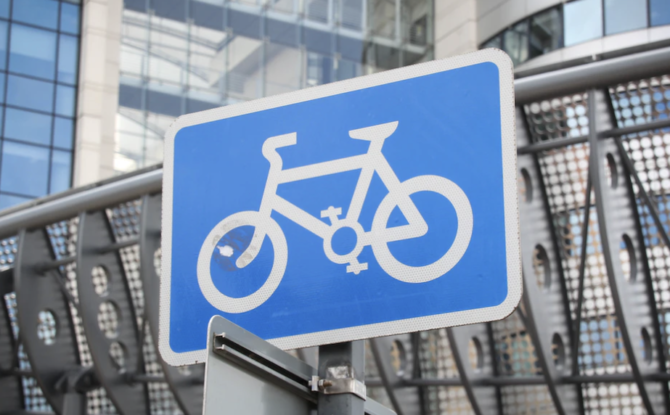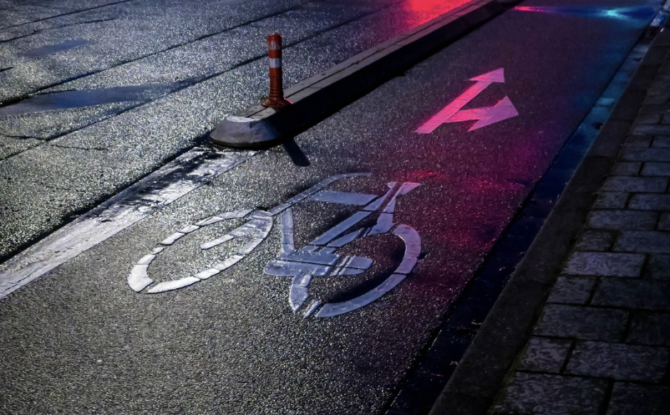From SF.Streestblog.org
By Roger Rudick
San Francisco just put the finishing touches on its first sidewalk-level bike lane. It runs north-bound only on Third Street in Mission Rock between Toni Stone Xing and the Bay Trail where it meets the Lefty O’Doul Bridge.
“The sidewalk-level cycle track is the first of its kind in San Francisco and designed in a collaborative effort with San Francisco Public Works. It replaces what was initially proposed by the Mission Rock Development to be a painted bike lane between the passenger loading zone and the travel lanes on Third Street,” explained SFMTA’s Michael Roccaforte in an email to Streetsblog. “We chose the sidewalk-level design because of the limited width available and the need to accommodate pedestrians, including those with disabilities and wheelchair users, who had to use the bikeway between the loading zone and sidewalk.”
Photo by Dário Gomes on Unsplash





